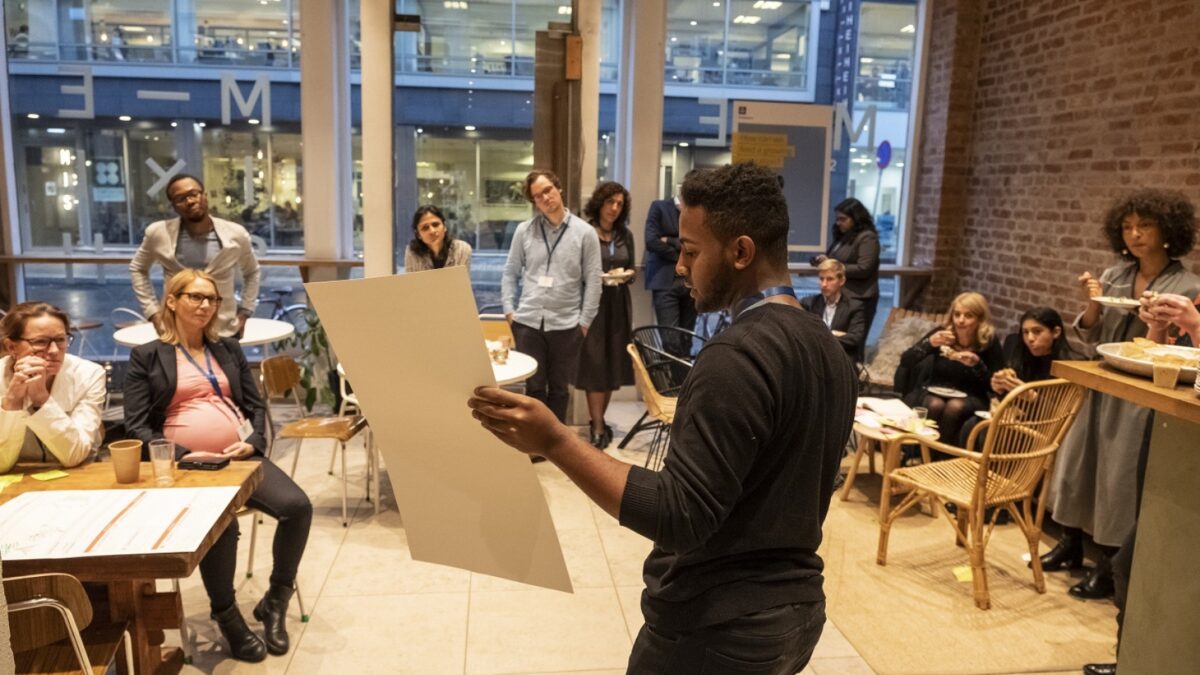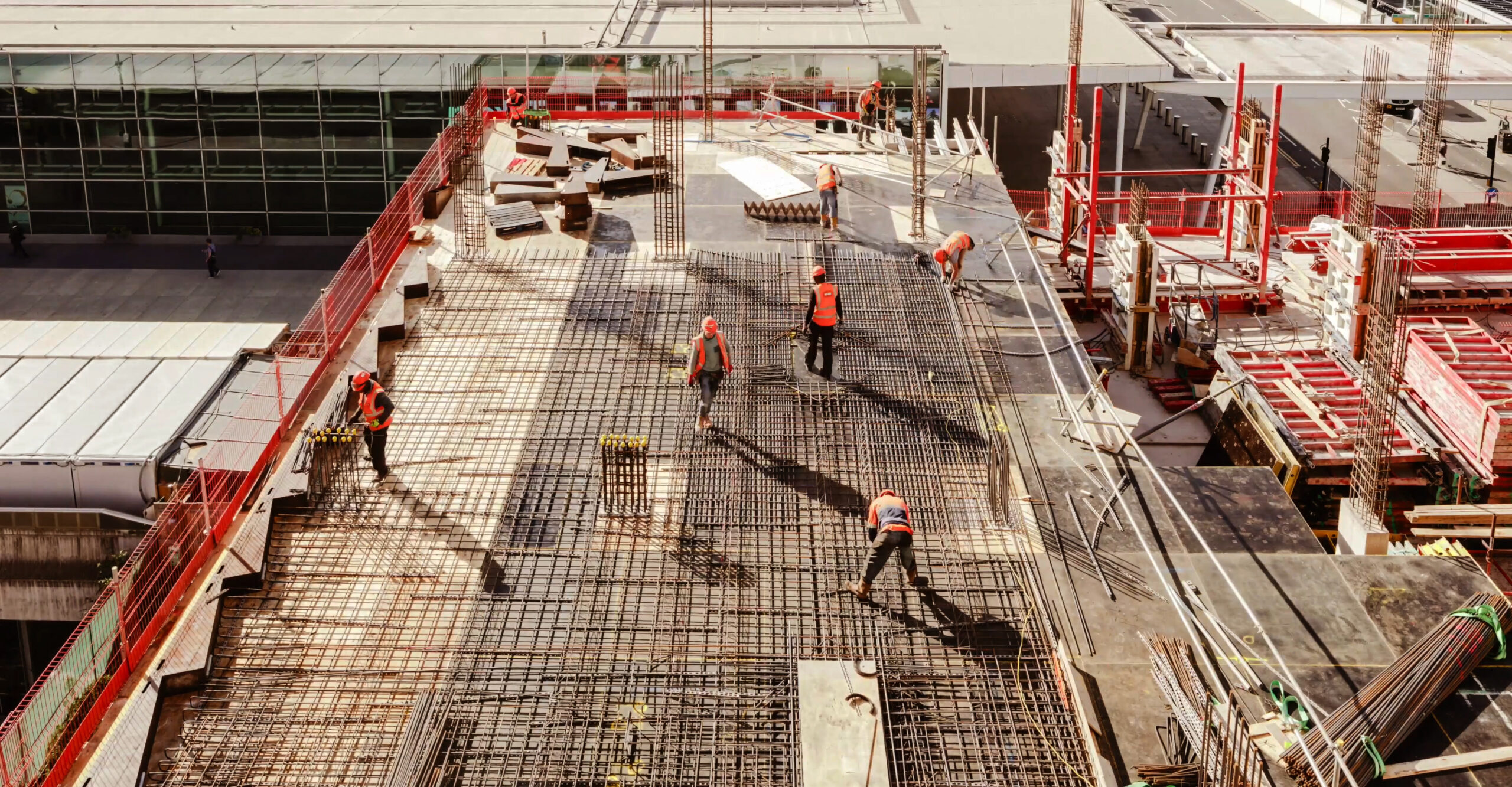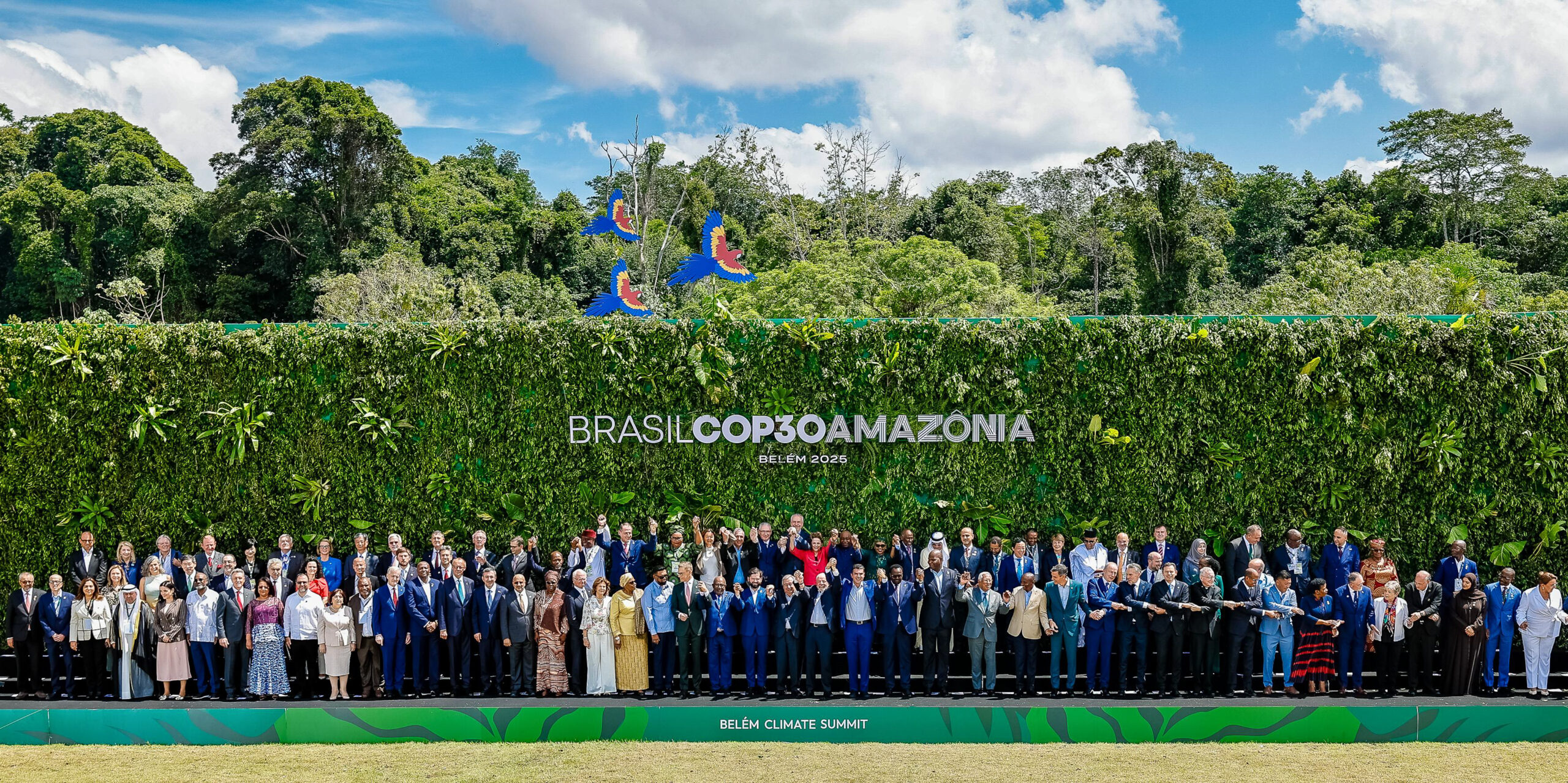The dreaded cane toad has few friends in my home country, Australia. In 1935, 3000 of them were released in the country’s sugarcane plantations in an effort to eat the beetles that were devouring the valued crop.
It seemed like a prudent idea, introducing a strong predator to eradicate a pest, and protect a crucial source of income for the country.
Fast forward 85 years, and things didn’t quite pan out as planned.
Instead of killing the beetles that were eating the sugarcane, the cane toads voraciously turned on local fauna, and spread in vast numbers across northern Australia, leaving a trail of ecological destruction in their wake. Now numbering around 200 million, with no natural predators, the cane toad’s future (unfortunately for Australia) currently looks bright.
The thinking behind the decision to release the toads seemed fine on paper.
Beetles eat sugar. Toads eat beetles. Problem solved!
But one of the things scientists and authorities failed to properly consider was the complex interactions that played out within the ecosystem into which the toads were released.
Similar linear thinking has frequently stymied efforts to address pervasive societal and environmental issues such as climate change and social inequality – some of the greatest challenges of our time.
To reverse the trend, our hypothesis at the Xynteo Exchange is that to address complex, interconnected issues, a systemic approach is required, in which these systemic problems are seen within their broader context.
Taking a systemic approach towards the planet’s most wicked problems means addressing the dynamics and interactions between the actors and forces that comprise the problem’s ecosystem – just as Australia’s scientists should have done when considering their beetle problem.
Personally I am filled with tremendous anticipation to think that at this year’s Exchange – after having our assumptions challenged in the Square – attendees at #XE19 will focus their collective efforts on collaborative problem solving – and action– in the Exchange’s open innovation Studios.
Against a backdrop of some of Oslo’s most thought-provoking and inspiring venues, the 2019 Studio key challenge areas are
- Transitioning to a sustainable food system (hosted by Yara)
- Transforming finance for a future-fit world (hosted by Nordea)
- Unleashing the potential of the bioeconomy in Europe (hosted by Scania)
- Shaping the future of work (hosted by Verizon)
- Accelerating action for a healthy ocean (co-hosted by DNV GL and Microsoft)
- Understanding tomorrow’s consumers (hosted by Anglo American)
Every Studio begins with a process of mapping the system within which its problem resides.
Participants from across that system, together with ‘outsiders’ from adjacent and creative industries (who bring a completely different and valuable perspective to the problem), share their perspectives to better understand the drivers, barriers and, importantly, intervention-points within the problem’s constellation of connected, moving parts – its system.
Once complete, this mapping becomes highly directional when evaluating where effort needs to be focused and prioritised.
It may sound excessive, but Studio participants often spend much of the first day completing these system maps. Even with all the talent and experience in the room, it often takes substantial time to truly understand the pieces of the problem, and how the various parts of the problem react within its broader system.
The Studios are about doing what needs to be done to enable action, so if mapping the problem’s system requires time, we unapologetically take that time. As Einstein once said, if he had an hour to solve a problem, he’d spend 55 minutes understanding it, and five minutes on the solution to it.
On the second day of the Exchange the studio work pivots towards generating solutions. This is done through several steps, the first of which is an exercise to define which actors/players would need to do what – in order to achieve the outcome we need.
This hypothesis leads to the development and articulation of a seed concept.
This concept likely includes the basic idea for addressing the problem, which partnerships will be needed, the business model, the investment required, as well as a timeline to realise it. The best ideas are then shared with all other participants from the other Studios in the final plenary session of the Square.
There is a real incentive for participants to roll their sleeves up and get involved. While our partners define the problems and host the exercise, they’re each willing, in the spirit of collaborative innovation, to share any intellectual property developed in the studios with those that helped generate it. Participants therefore not only glean new insights and expand their networks, but they also get the opportunity to develop new commercial opportunities when they head back to their organisations.
The 2019 Exchange is not proposing a solution to Australia’s cane toad problem, and participants hoping to cuddle a cane toad at the Exchange are going to be sorely disappointed!
However, what we can promise is that the Studio experience will take forward the lesson of Australia’s folly while we investigate how to address our systemic problems, and – who knows – perhaps we’ll also embrace the resilience, adaptability and extraordinary success of the dreaded toad (warts and all!) to create a new generation of successful solutions that can drive a new kind of growth.
–
Stay up to date with our latest interviews by following us on social media (LinkedIn I Twitter), or Contact Us to find out how we can help your leaders and organisation create people and planet-positive impact.



